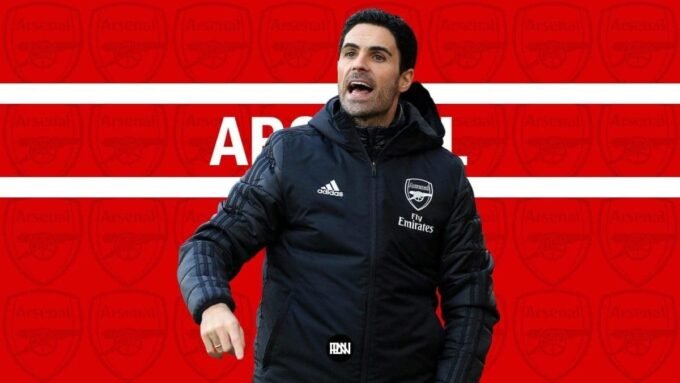Over the last few decades, the trend has been for businesses to take their product from the high street to the online market to suit demand. At least, we’ve seen a steady move away from investing in brick-and-mortar shops, as customers do most of their shopping online these days. There are, of course, some notable exceptions, but by and large, you can now get most things online that you used to in a shop.
From new furniture, electronic appliances, groceries, and even clothes, it’s all there for you at the click of a button. Incredibly, the online revolution has picked up such pace in recent times that you can now even get online casino games as Paddy Power’s casino illustrates this with a list of some of the favorite slot games enjoyed by punters. Perhaps this is indeed the best example of how much the world has migrated to online offerings since the turn of the Millennium.
Interestingly, in Amazon’s case, they have gone the opposite way by taking their online business into brick-and-mortar shops. The journey started in 2015 when they opened their first store in Seattle, which is the city where the company has its headquarters. Seven years down the line, however, the internet giant has closed as many as 68 of their shops as they make a hasty retreat from the high street. Why hasn’t it worked?
It should be said that you’re always on a bit of a slippery slope when trying to put holes in any of Jeff Bezos’ business plans, given that there is far more you can learn from him than critique the Amazon boss for. But the fact of the matter is that customers haven’t taken to his shops and there are a few good reasons for that.
In essence, Amazon is famed for its convenience that allows you, in most cases, to have something delivered within 24 hours of ordering it. The appealing part is just as much about the price as Amazon often undercut the competition which enables everyone to enjoy a saving or two but despite the unprecedented success that the company has enjoyed online, they have failed to replicate the love for the brand in brick-and-mortar shops. Perhaps that has to do with the experience of shopping and how much we value the input of an informed salesperson on the shop floor.
Needless to say, Amazon’s cashier-less stores that have you in and out in the blink of an eye don’t necessarily suit a shopper’s experience. They can be seen as an impersonal act of ordering online into the real world, which people have subsequently shied away from.
With that being said, there is a very good chance that Amazon’s model for brick-and-mortar shops is the way of the future, but like all things Amazon does, it’s ahead of its time and people just aren’t ready.
That seems to be fine with Jeff Bezos, as the impact of his online giant continues to affect the high street.















Leave a comment